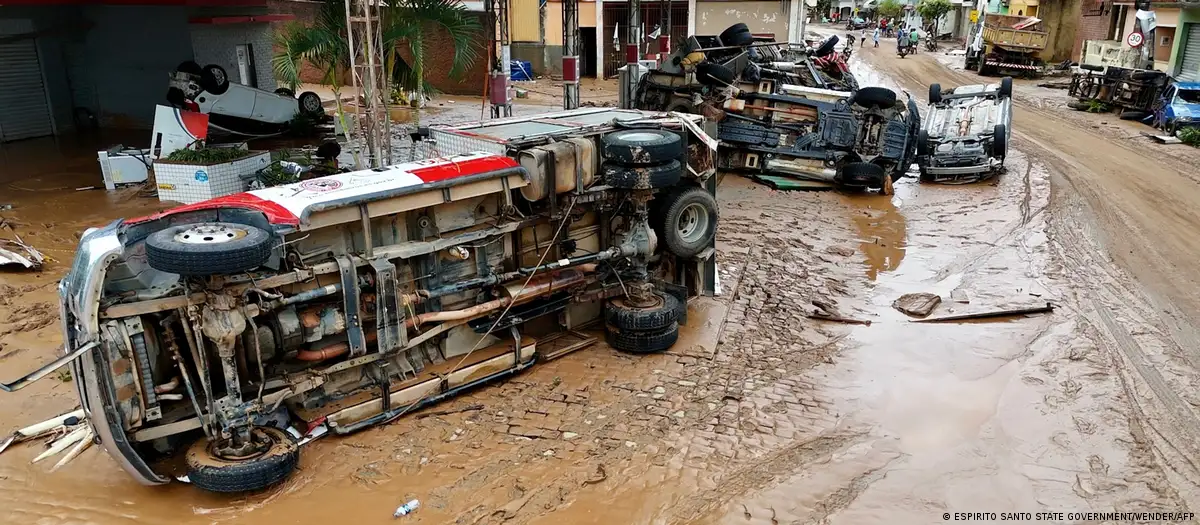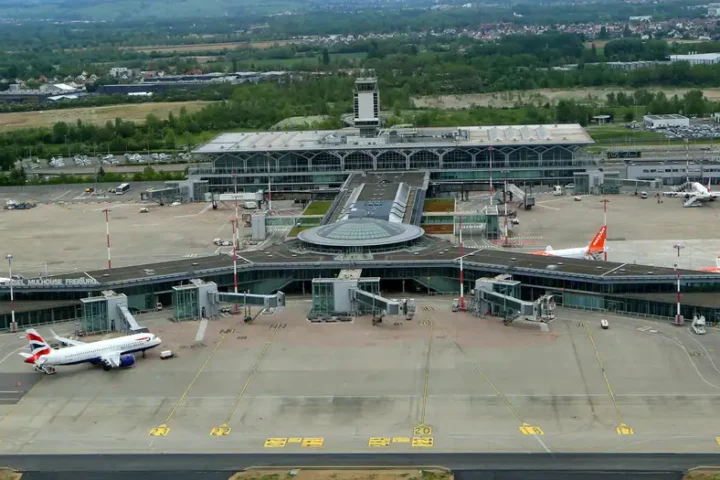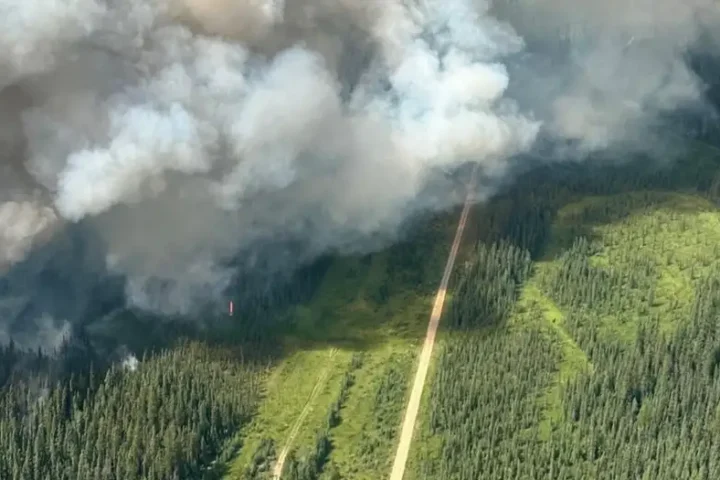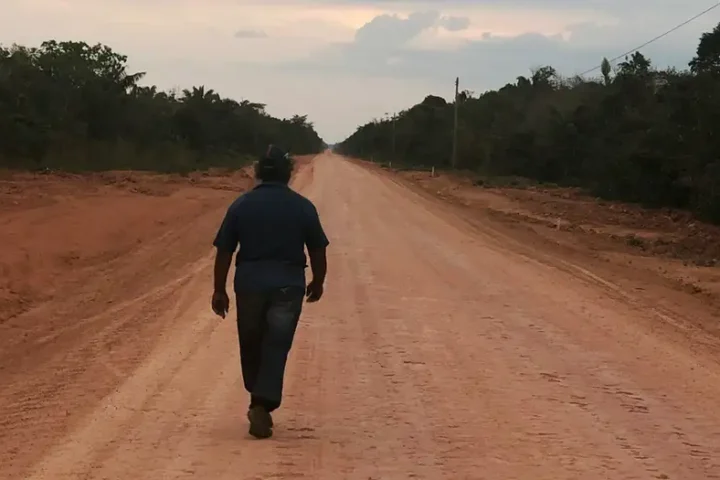A severe storm has triggered flooding and landslides in southeastern Brazil, with heavy rain forcing thousands to flee.
Heavy rains have brought destruction to Brazil, killing at least 25 people and forcing thousands more to flee as flooding and landslides destroy swaths of property in the country’s mountainous southeast.
With more rain expected on Sunday, rescuers in the states of Espirito Santo and Rio de Janeiro raced to rescue trapped citizens.
Dozens of soldiers, firefighters and rescue dogs are currently carrying out search and rescue operations.
Authorities have described the scene as “chaotic.”
What do we know so far?
So far, 15 deaths have been reported in Espirito Santo, 13 of them in the town of Mimoso do Sul. State authorities said more than 5,400 people had been evacuated from affected areas, where more than 270 homes were destroyed.
The casualties in Rio state include four people who lost their lives when a landslide hit the popular tourist destination of Petropolis, causing a house to collapse.
Rescue workers rescued more than 90 people across the state, according to officials.
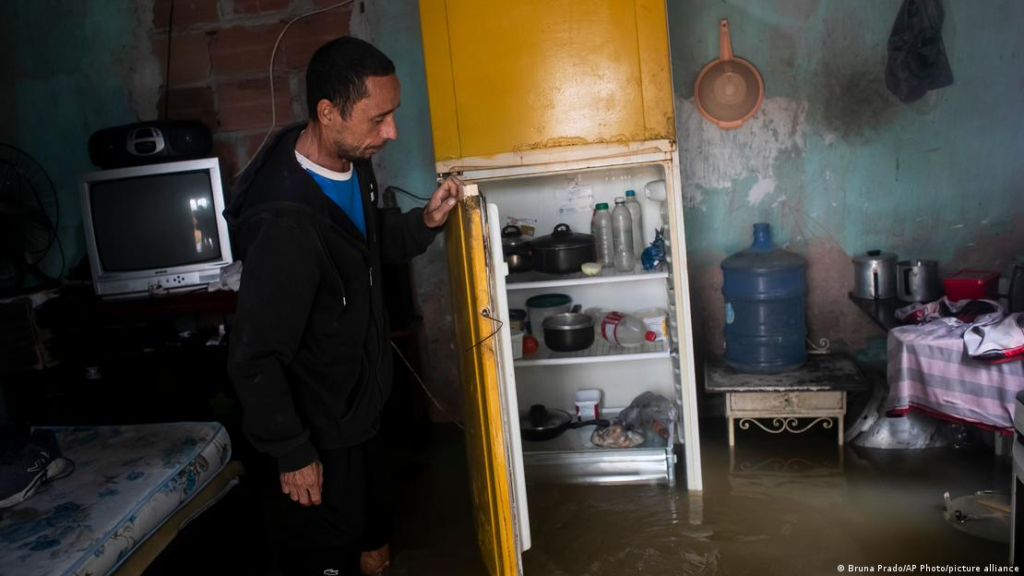
Climate change turbocharging severe storms
The southern hemisphere’s late summer season is often marked by periods of heavy rain. However, climate change has been singled out as an extreme weather accelerant.
President Luiz Inacio Lula da Silva acknowledged that fact when expressing sympathy for victims on X, formerly Twitter.
Lula said this weekend’s storm had left thousands homeless and pledged that his government would continue to work with state and local officials to “protect, prevent and repair flood damage.”
The storm did not come unannounced, as meteorologists had predicted heavy rainfall and state authorities in Rio called a holiday, urging residents to stay inside. Even so, the sheer amount of rain has proven to be overwhelming to authorities managing the crisis.
Over 30 centimeters (11.8 inches) of rain fell in Petropolis on Saturday alone, according to news agency Agencia Brasil. The area’s monthly average for March is around 14 centimeters.
The storm comes on the heels of a massive heat wave that saw humidity drive the local heat index (the perceived sense of heat based on humidity and air temperature) above 62 degrees Celsius (143 degrees Fahrenheit).
Source: Dw
